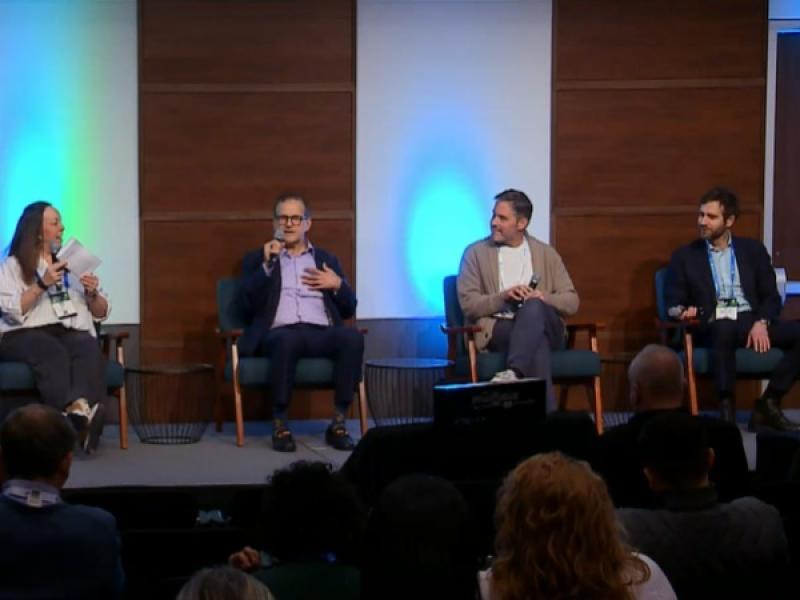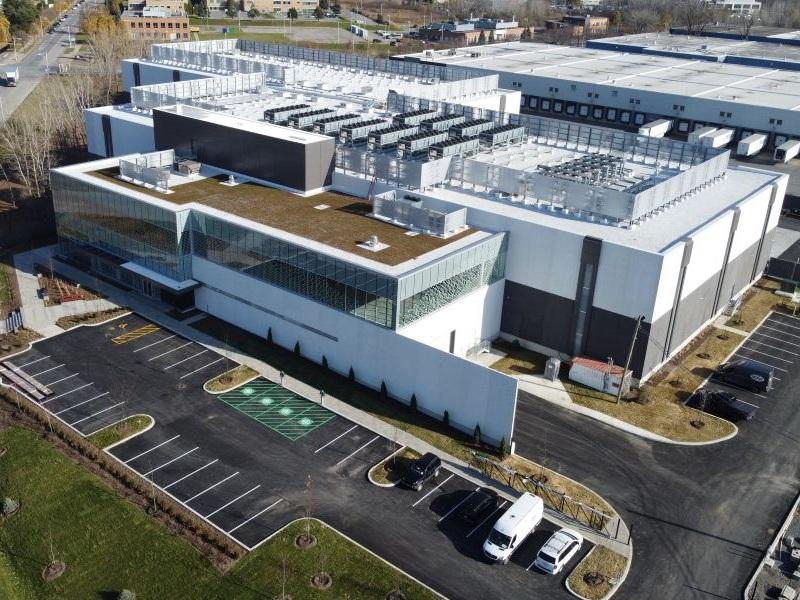A recent Project Management Institute webinar, Group Intelligence as a Systematic Approach to Change, centred around a fundamental question: why does organizational change often fail, and what actually works when it comes to implementing it sustainably?
The session drew from The Hive Mind at Work, a book that reframes change management through the lens of collective action. Instead of focusing on top-down directives or relying solely on informal networks, the book emphasizes “group intelligence” — the idea that real change happens when diverse individuals across a company contribute in their own roles, with a shared mindset and purpose.
This concept directly parallels how we approach energy and carbon management at 360 Energy. Organizations often assume that one energy manager or department can carry the responsibility of meeting energy performance goals, but that siloed approach rarely leads to meaningful or lasting results.
Similarly, assuming that cultural change will happen organically through informal relationships usually leads to inconsistent engagement. What we’ve learned through decades of experience is that long-term success comes when every part of the organization understands their role in energy management and is equipped to take action.
Initiating change successfully in the workplace
The Hive Mind at Work identifies a common pitfall in how companies try to initiate change. Often, one person is designated as the “change leader” with little support, or there’s an assumption that change will spread naturally through existing relationships.
But in increasingly complex and fast-paced work environments, neither model is robust enough. Organizations that lean into group intelligence — where change is embedded in day-to-day work across functions — are better positioned to adapt and sustain progress.
This is the same approach that underpins our Energy Coach program. We help organizations form cross-functional energy teams, train them on best practices, and integrate energy management into each person’s existing responsibilities.
For example, someone in human resources might update onboarding processes to include expectations around shutdown procedures, while someone in marketing could support internal awareness by sharing monthly cost or emissions savings. A procurement team might prioritize more energy-efficient equipment, and facility teams might rethink maintenance schedules to improve system performance. When energy becomes part of everyone’s job — not an add-on — results follow.
Of course, this kind of shift is not without challenges. Change is rarely smooth, and it’s easy to encounter resistance when asking people to take on “one more thing”. That’s why leadership — both formal and informal — is essential.
The book reinforces that leadership doesn't have to come with a title. It’s about individuals stepping up, creating clarity and aligning others around a shared goal.
We've seen this in action: when internal champions are supported and empowered, momentum builds from within and participation grows organically.
After 30 years of supporting organizations through energy transitions, one thing is clear: technical solutions are only part of the equation. The biggest gains come when people change how they think and act about energy. And that shift doesn’t happen from the top down. It happens when energy fits naturally into daily work and when people feel ownership of the outcomes.
Build change that lasts
If your organization is navigating the complexities of energy management, emissions reductions, or cost control, consider whether your approach enables group intelligence — or relies too heavily on isolated efforts. Coaching programs can help to bring structure, accountability and momentum to team-based energy action. They can assist in identifying internal leaders, integrating energy into daily workflows and aligning departments around shared targets.
Energy performance improves when people understand their role in achieving it.










